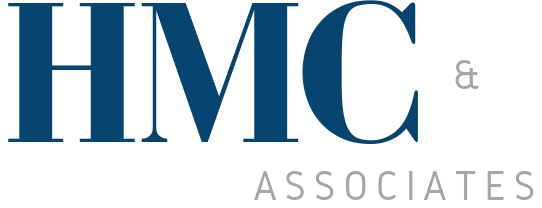The three commonly used Trademark symbols: TM, SM, and the letter R in a circle — ®.
The TM and SM symbols are used with unregistered marks: TM for trademarks, or marks that represent goods, and SM for service marks, or marks that represent services. The federal registration symbol, or ®, is reserved for marks registered in the U.S. Patent and Trademark Office.
There is no obligation to use the TM or SM symbols and their use has no legal significance. However, it is generally a good idea to use these symbols. When one uses the TM or SM, he or she alerts the public of branding rights in a particular mark and in turn dissuade others from adopting the same or similar mark for the same or similar products or services. This wards off unwitting trademark infringement, thereby disturbing the free trade of goods and services in the marketplace.
The Federal Registration Symbol
Use of the federal registration symbol, however, is regulated by federal law. One may only use the symbol with a federally registered mark and as applied to the goods and/or services listed in the registration. While not legally required to use the symbol, failure to use it is not without consequence. In an enforcement action, one forfeits rights to recover lost profits and money damages unless there is proof the defendant had actual knowledge that the mark was registered prior to the infringing activity. This can be a very high burden and one unnecessary to bear.
The law provides that if a trademark owner uses the registration symbol properly, then any future defendants will be deemed to have constructive knowledge of the mark’s registration. This means that even if they did not have literal knowledge of the registration, it is reasonable to conclude that they should have known the mark was registered. In simple terms, no one can feign ignorance if the registration symbol is properly used.
The appropriate symbol should appear in superscript in the upper right-hand corner of a mark. If it is not practical or aesthetically displeasing to place it there, it should be dropped to the lower right-hand corner of the mark. A symbol should not be placed above, below, or to the left of a mark. Placement is not regulated by law, but adherence to norms is strongly advised.
Written Documents
In written documents – articles, press releases, promotional materials, and the like — it is only necessary to use a symbol with the first instance of the mark, or with the most prominent placement of the mark. It is a common misconception that each and every instance of the mark should bear a trademark symbol.
Place the proper symbol in superscript in the upper right-hand corner of a mark when possible. Feel free to drop it down to the lower right-hand corner if such a placement is more appealing.
Do not overuse the symbol in written documents. This detracts from the visual appeal of the piece without any added benefit of increased legal protection. A single conspicuous use is sufficient, usually on the first instance of the mark or most prominent display of the mark.

